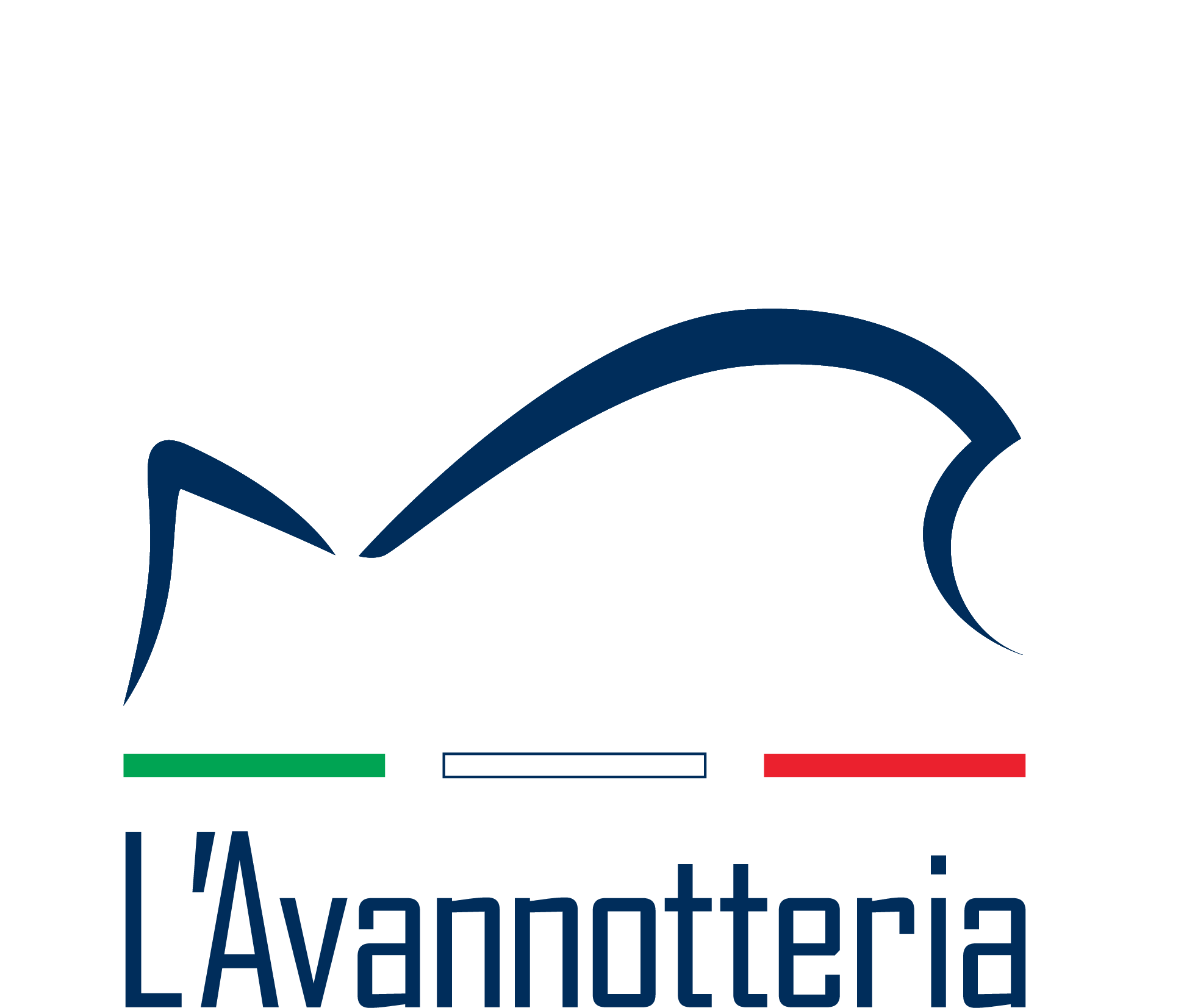
L’avannotteria
L’Avannotteria was founded in 2017, in the heart of the Mediterranean. The site was developed within an environment with optimal characteristics for the development of production activities. The quality of the waters inside the L’Avannotteria, the morphology of the coast and the seabed, ensure the best conditions for maintaining animal welfare.
The use of innovative techniques makes the production activity sustainable and the plant a perfectly integrated component in the surrounding environment.
The entire supply chain of L’Avannotteria and the use of highly qualified personnel, guarantee high standards of product quality, with the goal of meeting customers’ needs.
Production phases
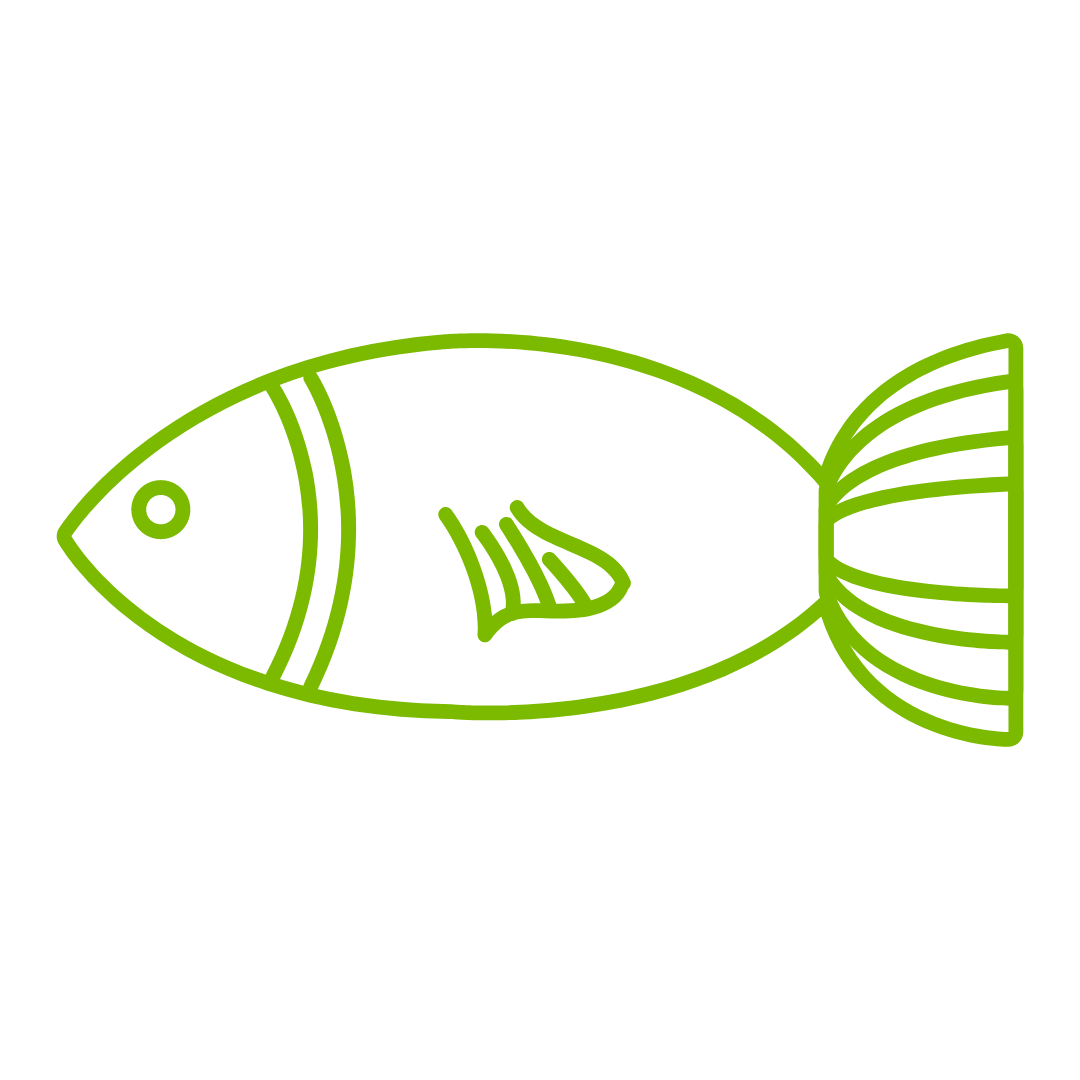
Stage 1: Reproduction
Adult animals that are sexually mature are the starting point of the production process. Therefore, our reproducers are regularly subjected to selection and monitoring (both in terms of zootechnical nature and health) to ensure the health and performance of the populations within the facility. The production of eggs is maintained throughout the breeding season by using photothermal protocols and a balanced diet that meets the nutritional needs of each species at different stages of their biological cycle. After laying, the eggs are collected and subjected to a series of quality checks to determine their quality for use in production.
Stage 2: Larval
Once collected, eggs are moved to the larvae department where the initial stages of raising young fish take place. Initially, they are incubated in special tanks where the embryonic development and hatching stages are completed. From the egg hatches a delicate and sensitive larva, which is then transferred to tanks for the first weeks of its life. The larvae require specific chemical and physical conditions, as well as a carefully designed and formulated feeding protocol for the first days of their lives. Initially, the larvae are fed live microorganisms, chosen and selected for this purpose. Gradually, they transition to eating inert food.
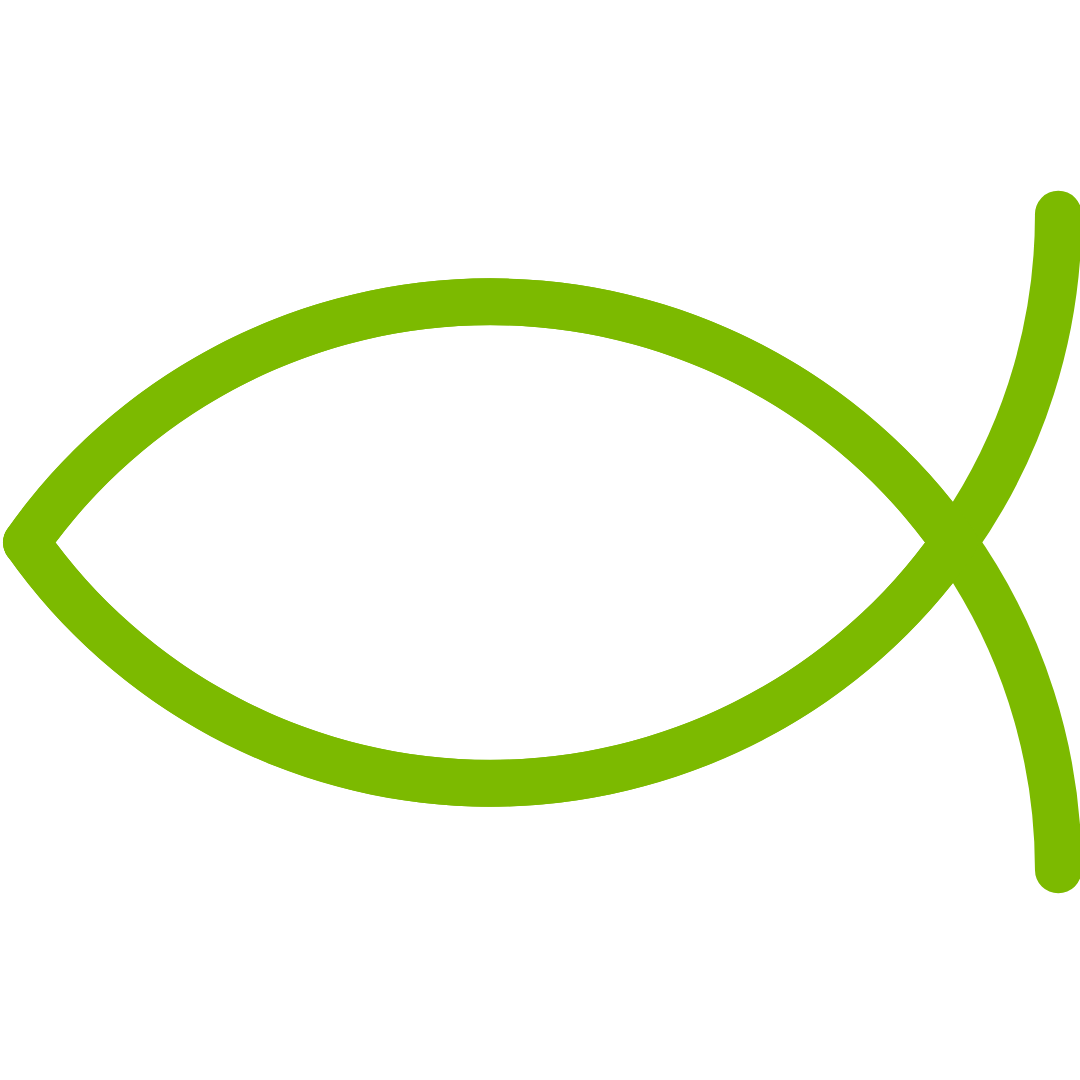
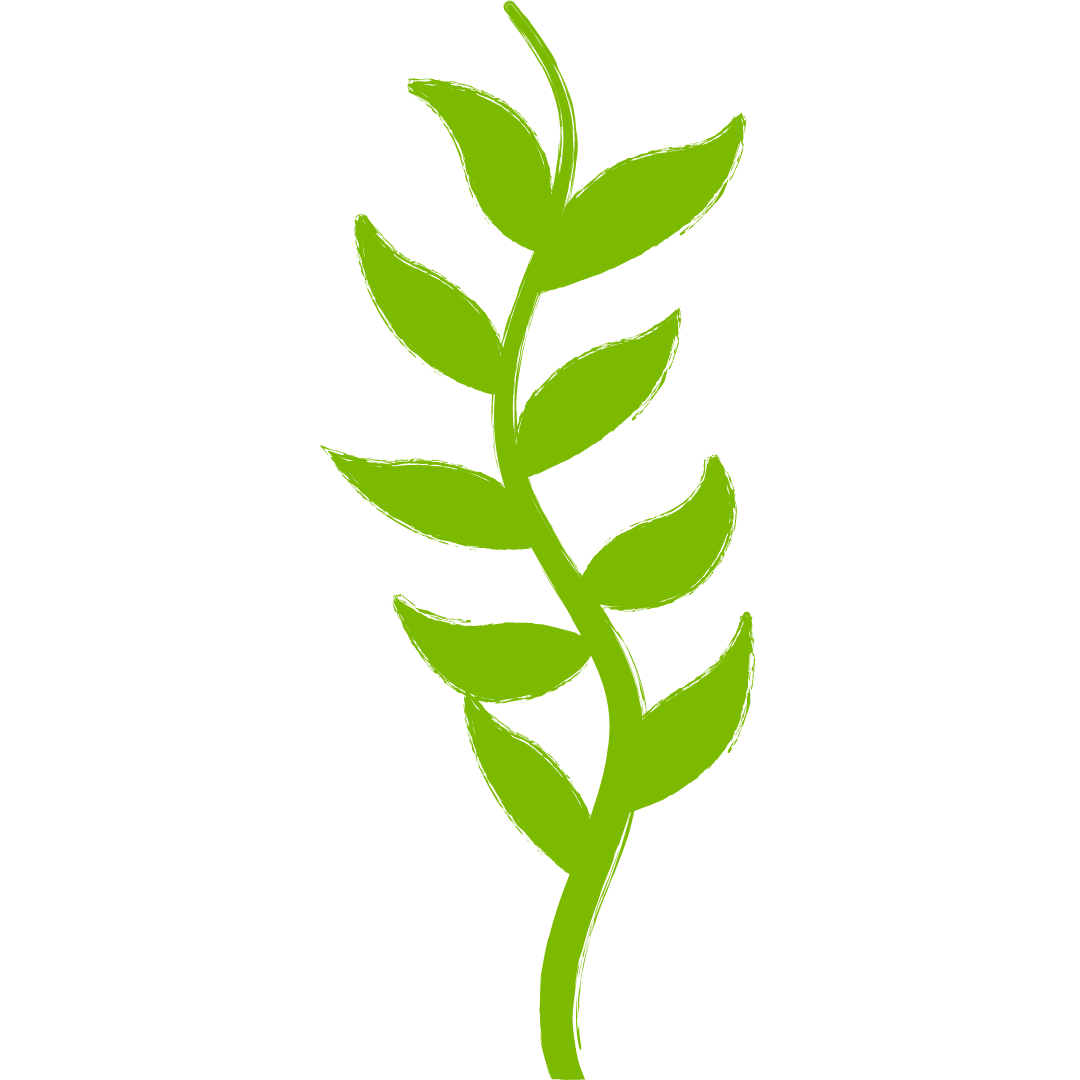
Stage 3: Phytozooplankton
The Phytoplankton department, is a sub-farming within the main farming, where microorganisms are produced to be fed to the larvae during their early weeks of life. The strains used are carefully selected based on their nutritional profile, size, ability to thrive at high densities and other characteristics. Cultures are constantly monitored to ensure purity and quality. The products produced in this department include microalgae, rotifers, and brine shrimp. Microalgae are used as food for rotifers, which are then fed to the larvae as their first food source. The larvae will then progress to feeding on brine shrimp as their third live food source.
Stage 4: Weaning
Once the larvae phase is over, at around 60 days of age, the larvae, now called fry, are weaned and fed only with inert food. The farming process is completed with all the steps aimed at preparing batches of fry that will stay in the pre-fattening department and later to the fattening facilities to complete the farming cycle and reach commercial size. All specimens are carefully selected to create homogenous and high-quality batches. Additionally, each batch is vaccinated to prevent diseases and avoid the use of antibiotics in farming.
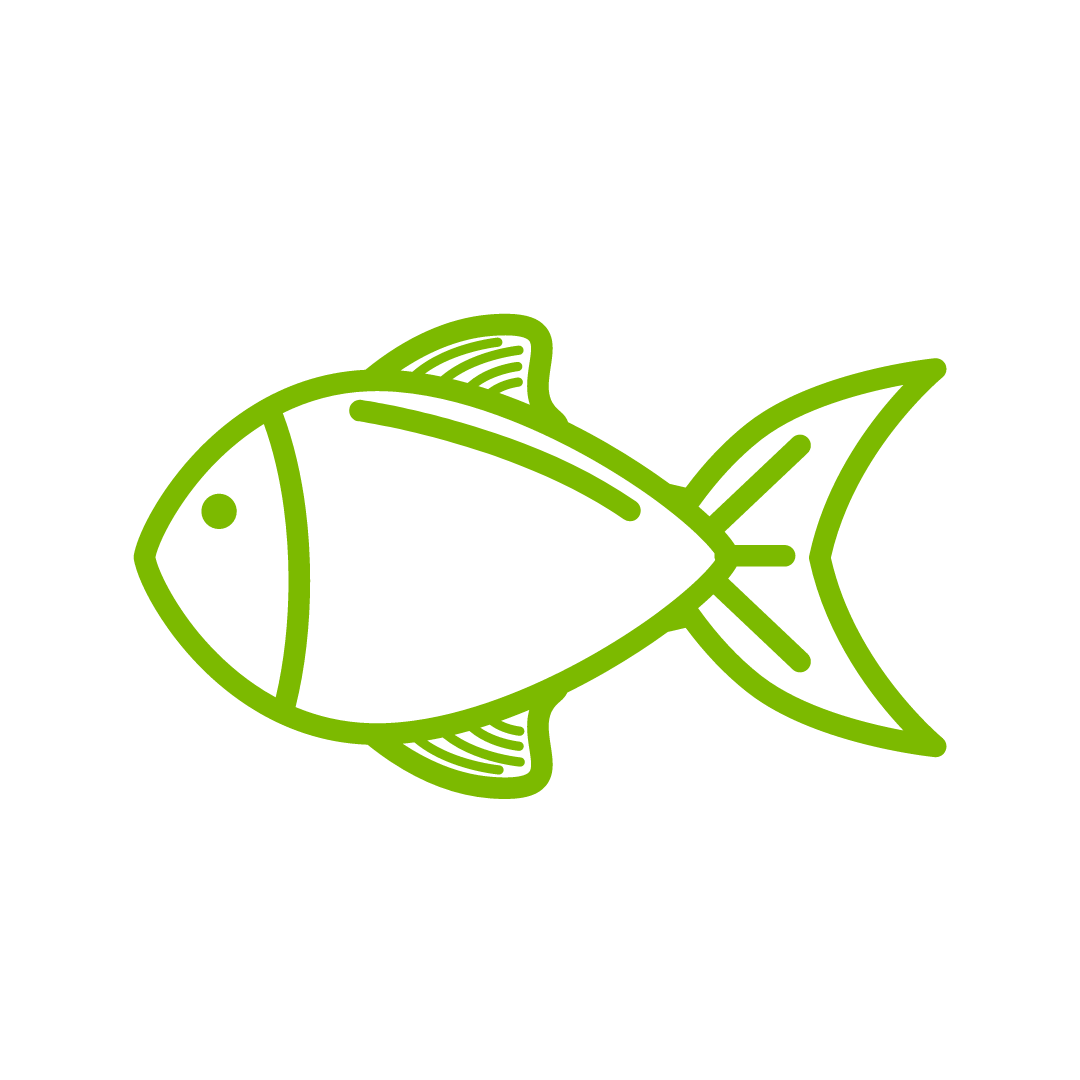
Produced fry
Countries of distribution
Working people
“the health of our fry is the best guarantee of your fish”
Logistics
for animal welfare


Ground transportation
Transportation by truck is primarily used for smaller sizes of fry, and is necessary for facilities on land. These transport vehicles must meet certain requirements before they can safely transport the fry.
Marine transportation
Animals are primarily transported by sea using a motorboat equipped with tanks that continuously cycle the water. Discharge is done directly into cages. This method of transportation ensures a high level of welfare for the fish, reduces handling to a minimum and allows for multiple days of transport.
feamp
Contacts
Address:
Contrada triglia scaletta, 91020 (TP)
Email:
amministrazione@avannotteria.com
